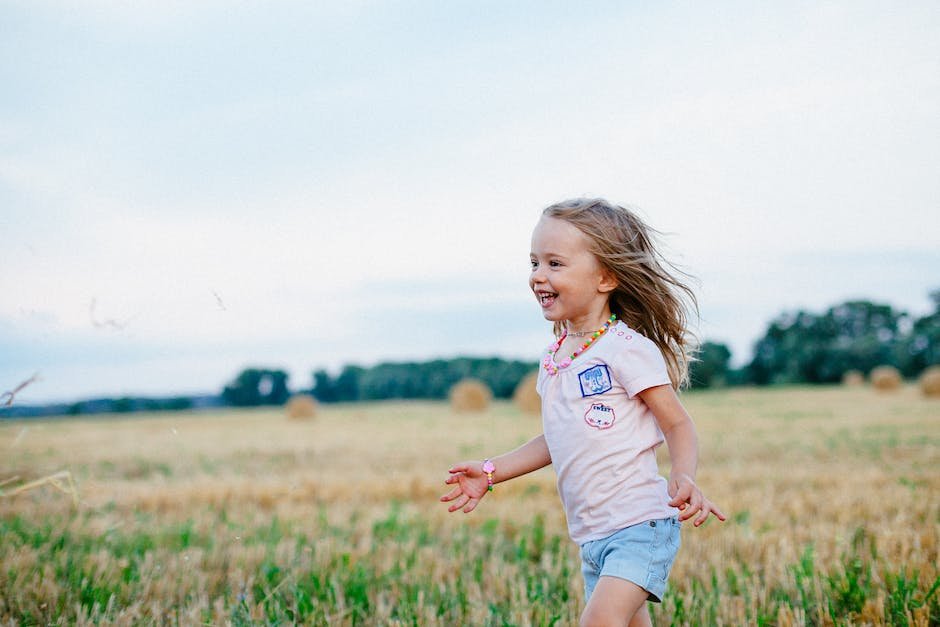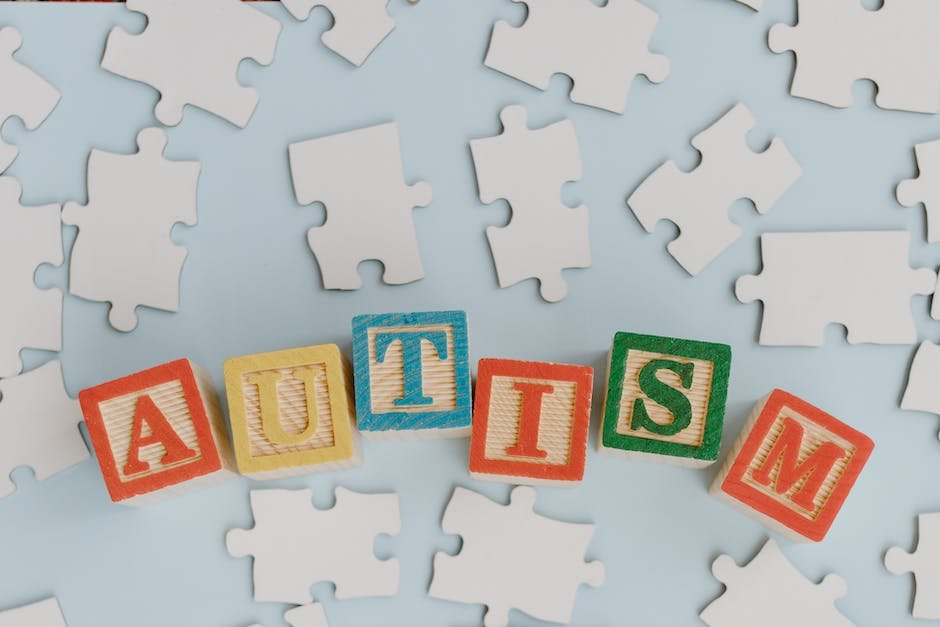
Aggression in children with autism spectrum disorder represents a profound challenge, one that invites compassion, insight, and a tailored approach to each unique individual. The array of triggers—for instance, sensory overstimulation, difficulties with communication, and barriers to expressing complex emotions—demands that we delve deep into understanding these behaviors rather than defaulting to punitive responses. This essay endeavors to unpick the complex tapestry of autism-related aggression, weighing the contentious subject of physical restraint against its ethical implications and potential alternatives. By dissecting the pros and cons, exploring innovative strategies, and emphasizing the importance of environmental adjustments and professional support, we illuminate pathways that prioritize dignity and safety for all involved.
Understanding Aggression in Autism
Understanding Aggression in Children with Autism: A Compassionate Look
Hey there, fellow parenting aficionados!
Every child is a beautifully unique puzzle, and for parents navigating the world of autism, some puzzle pieces can be more challenging to understand — especially if those pieces involve aggressive behavior. So, why do some kiddos on the autism spectrum sometimes act out with a bit more force than we’d expect? Well, it’s not as mystifying as it might seem, and an empathetic look can shine a welcoming light on the subject.
First things first, let’s acknowledge that everyone gets frustrated or overwhelmed at times, right? It’s part of the human experience. But imagine not always having the words to express those feelings or even struggling to understand them. For many children with autism, that’s the daily reality. Communication barriers often stand tall and imposing, and when our little ones can’t verbalize that rush of emotions, it can lead to physical expressions of distress — what some might perceive as aggressive behavior.
Then there’s that pesky sensory overload. A tag on a shirt feels like a cactus, the hum of fluorescent lights roars like a jet engine — the world just doesn’t filter the same way. When those overwhelming sensations build up without an escape valve, even the most peaceful tyke might lash out as a means to say, “Hey, this is all just too much.”
And let’s not forget about the desire for routine and predictability. Children with autism often thrive in stable, predictable environments. When that sense of order is disrupted — surprise! We’re going to the dentist, or oh, look, the school assembly changed — the certainty they lean on crumbles, and in response, our kiddos might reach for the only control they have left: their actions.
Last but not least, we’ve got imitators par excellence on our hands. Kids with autism are watching, learning, and sometimes mimicking behavioral patterns without understanding the social context — the good, the bad, and the aggressive. They might see someone push to get past a crowd, and voilà, they’ve added that to their repertoire as an acceptable way to interact when feeling cornered or overwhelmed.
Understanding the root of aggressive behaviors in children with autism is crucial not only for support and intervention but also for nurturing an environment of compassion and learning. Whether it’s by finding new communication strategies, creating sensory-friendly spaces, maintaining a consistent routine, or modeling calm and positive interactions, we’re the key to helping our kiddos navigate their experiences and emotions.
Remember, friends, these moments of aggression aren’t reflective of who our children are — they’re simply expressions of the challenges they face. By standing with them and embracing patience, we can help our little puzzle-solvers find peace in their piece of the world. Keep on nurturing, keep on loving — and as always, keep on building that community one tip, one trick, and one understanding nod at a time.
[End of article]

Pros and Cons of Physical Restraint
Physical restraint can be a topic that elicits a strong response from parents and caretakers alike. After all, managing behavior, especially in children with autism, doesn’t come with a one-size-fits-all manual. Let’s untangle the web of benefits and risks associated with physical restraint, ensuring we’re equipped with all the information to make the best decisions for our children.
First off, let’s acknowledge that physical restraint, which involves holding a child to prevent harm, is sometimes considered when a child presents a clear and immediate risk to themselves or others. This is no light matter and should be approached with great care. When utilized by trained professionals in a controlled environment, physical restraint has been shown to prevent harm in the heat of a crisis moment.
Benefits of physical restraint can include the immediate cessation of self-injurious behavior or aggressive acts towards others. In medical settings or during emergencies, it can be critical for swift action and ensuring safety. Holding a child gently can also be a form of deep pressure touch, which some children with autism find soothing during moments of anxiety or after a meltdown.
Despite these benefits, the risks and drawbacks of physical restraint cannot be understated. The psychological impact on a child is at the forefront. Restraint can induce additional anxiety, feelings of powerlessness, and trauma. It’s also not a solution to the underlying issues—merely a temporary stopgap in crisis situations. Furthermore, there are physical risks including injury to both the child and the caregiver if not performed correctly.
Beyond the immediate physical and psychological risks, reliance on physical restraint can have long-term negative effects on the child’s development. It doesn’t teach the necessary coping skills for managing emotions or the communication skills to express discomfort or distress. Instead, restraint might inadvertently reinforce that physical interventions are a suitable response to conflict or distress, which is contrary to the skills children need to function in society.
Crucially, restraint should not be part of a routine behavior management plan. It should only be considered when everything else has failed and only with individuals trained in safe restraint techniques. Emphasizing preventative strategies—such as clear communication, consistent routines, and sensory support—helps reduce the situations wherein restraint might become a consideration.
In the tapestry of parenting and caring for children with autism, it’s essential to weave in understanding, patience, and strategies that address the root causes of challenging behaviors. Each child is a unique individual, requiring a tailored approach that focuses on building skills, communication, and independence. In doing so, not only are we creating a safe environment for our children to grow and flourish, but we are also doing the heavy lifting to build a community that respects the dignity and autonomy of every member.
With a hand to hold for support and one to guide with knowledge, we navigate this journey together while aspiring to less restraint and more empowerment.

Alternative Strategies to Physical Restraint
Navigating Aggression in Autism: Approaches Beyond Physical Restraint
When it comes to managing aggression in children with autism, rolling up those sleeves and thinking outside the box can make all the difference. Physical restraint, while sometimes deemed necessary, is no doubt at the bottom of the toolbox, reserved for dire situations where safety is at immediate risk. What’s vastly more exciting is the cornucopia of techniques that can steer clear of physicality and empower kids to blossom. Let’s dive into some of these transformative alternatives.
Body language often speaks louder than words. Models of play therapy can provide a subtle avenue for children to express themselves, leading to revelations about their triggers and desires. Using dolls, figures, or storytelling, kids can project their feelings and navigate conflicts in a safe, controlled environment. It’s like unlocking a secret door to their minds – minus the need for a key!
Social stories and visual schedules stand tall as twin pillars in this family of interventions, honing in on the revered predictability that kids with autism treasure. These tools not only prep them for what’s coming but also serve as a guidebook for social conduct, effectively ironing out ambiguities that might otherwise trigger distress.
Breathe in, breathe out – deep breathing and mindfulness techniques are not just adult fads, they’re kid-friendly, too! Teaching children how to ride the waves of their emotions with breathing patterns or grounding techniques arms them with the ability to reset their stress meters.
Peer-mediated interventions enable those natural role models – other children – to engage alongside kids with autism in structured play and learning scenarios. Why not let these mini-mentors share the social ropes, fostering understanding and camaraderie in one fell swoop?
And let’s not overlook the power of positive reinforcement – doling out those high-fives, cheers, or points for desired behaviors doesn’t just encourage them; it builds a bridge of trust and motivation that’s rock solid.
Technology, too, offers a digital handshake to kids grappling with aggression. Apps and games designed for emotional regulation can serve as both educator and ally, giving kids a techy leg-up on understanding and managing their feelings.
Now, we all know it takes a village, but in this case, it also takes a well-coordinated team. Consistency across caregivers, teachers, therapists, and family members ensures that everyone’s paddling in harmony, fostering a unified strategy that enfolds the child in a cocoon of stability and support.
The heart of the matter always circles back to understanding each unique, vibrant child with autism and tailoring approaches that resonate best with their individual flourish. The playground of ideas is vast, and with the right mix of creativity, patience, and a sprinkle of ingenuity, physical restraint can be left on the shelf, collecting dust while families thrive.

Creating a Supportive Environment
Ensuring a Safe Haven: Reducing Aggression by Cultivating Calm at Home
Creating a tranquil home environment is crucial, especially when nurturing children with diverse needs, like those with autism. While every family’s approach may differ, some universal strategies can make a world of difference in minimizing aggressive episodes.
Consider the space itself: the physical environment can be a silent ally. Simplify surroundings to reduce clutter, which can be visually overstimulating. Opt for soothing color palettes and soft, natural lighting to craft a serenely stimulating atmosphere. Also, designating a dedicated ‘cool-down’ space where a child can retreat to regroup and relax when feeling overwhelmed is an effective strategy.
Attention to auditory inputs is equally important; a calm household often means a noise-conscious one. Background noises that adults may tune out—like the hum of appliances or traffic outside—can be disruptive. Soft background music or the use of white noise machines can help in masking these disturbances and maintaining an acoustic haven.
Another vital aspect is the routine management of household dynamics. When possible, keep schedules consistent. Predictable meal times, bathing, and bedtimes provide a comforting framework for children who thrive on routine. Discussions and reminders about upcoming changes or events prevent sudden shifts that could trigger stress.
Collaborative play is a gem, often overlooked. Engaging in cooperative games that encourage turn-taking and patience helps in fostering social cooperation in a supportive setting. Such activities provide opportunities for gentle guidance in achieving self-control and respect for others’ boundaries.
Nutrition often takes the backseat, but it shouldn’t. A balanced diet rich in nutrients can impact a child’s mood and behavior significantly. Be on the lookout for any food sensitivities that might exacerbate irritability or discomfort, and maintain a diet that stabilizes energy levels and mood throughout the day.
Building a network of empathy starts at home but extends beyond. Encouraging siblings to join in creating a considerate, gentle environment fosters a sense of all being in this together. Open, honest dialogues about feelings and appropriate ways to express them are vital lessons not only for the child with autism but for all family members.
And let’s not forget our role in modeling self-regulation. The calm, measured approach of a parent when dealing with their own frustrations is a powerful teaching tool. Showing how to take deep breaths, step away from a situation, or use relaxation techniques educates by example.
Finally, integrating professional input can bring fresh perspectives to managing the home environment. Therapists can offer a treasure trove of situational strategies customized for your child’s needs and personality.
In sum, transforming a home into a bastion of peace doesn’t require grand gestures, but rather, a series of thoughtful, consistent tweaks. By cultivating calm through environment, routine, play, nutrition, family dynamics, and professional guidance, we lay the groundwork for not only reducing aggression but also enriching the quality of family life. Here’s to creating a haven at home—one thoughtful step at a time.

Professional Support and Training
Navigating the Waters of Autism Aggression: When to Seek Professional Help
As families forge paths through the landscape of autism, a common challenge often lies in addressing the episodes of aggression that can surface in our children. It’s a delicate balance – understanding when to employ homegrown strategies and when it’s time to call in the cavalry of professional help.
Knowing when to take that step towards professional intervention hinges on observing a few key signs. If aggression is escalating in frequency, intensity, or in the risk it poses to the child or others around them, it’s prudent to act swiftly. Some children may exhibit warning signals like self-injurious behavior or aggression towards siblings that distinctly impact family dynamics. In these instances, professional guidance can be a game-changer.
Where to turn? A trusted pediatrician can be the first port of call. They can provide referrals to suitable specialists, such as child psychologists, behavior analysts, or occupational therapists proficient in sensory integration techniques. These professionals not only help identify the undercurrents of aggression but also offer interventions that are specific, evidence-based, and often tailored to each child’s individual needs.
Behavioral therapists are particularly adept at crafting strategies that discourage aggression by teaching alternative, more appropriate behaviors. They harness the power of applied behavior analysis (ABA) to reduce challenges and improve quality of life for both the child and family. Occupational therapy may also be recommended to help develop coping mechanisms for sensory sensitivities and improve adaptive responses to environmental stressors.
Another avenue lies in engaging a speech-language pathologist, especially when aggression stems from communication difficulties. They work to enhance language skills, thereby providing children with better tools to express their wants, needs, and emotions – which can substantially reduce frustration-driven aggression.
Seeking professional advice doesn’t mean sidelining the pivotal role of the family. On the contrary, it empowers families with specialized support and equips parents with additional skills to navigate the complex waters of autism with more confidence.
Ultimately, collaborating with professionals can imbue families with a renewed sense of hope and control. It reinforces the conviction that with the right interventions, our children can not only manage their challenges but also thrive and weave their unique patterns into the rich tapestry of life.
Remember, the journey with autism is a marathon, not a sprint. Professional help is not a sign of weakness but a strategic step in nurturing our children’s growth, self-esteem, and capacity for joy. Embrace it, because every child deserves the opportunity to reach their fullest potential, and every family, the chance to flourish together.

The journey through understanding aggression in autism and the multifaceted choices caregivers face highlights the imperative to consider every option with empathy and an evidence-based perspective. We have ventured beyond mere containment tactics to advocate for environments and professional practices that support the wholesome development of children with autism and honor their individuality. As we strive for a future where physical restraint is no longer the go-to response but a last resort, it is clear that through ongoing education, professional collaboration, and a commitment to nurturing spaces, we can cultivate a world where every child is met with understanding and the opportunity to thrive.




